
UNFORGETTABLE MOMENTS IN LUANGPRABANG
THINGS TO DO
Surrounded by the tropical forests of northern Laos, the ancient capital of Luang Prabang exudes a captivating beauty and tranquility, even on cloudy, rainy days during the wet season. The rainy season in Luang Prabang usually lasts from May to October. During this time, the weather in the ancient capital of Luang Prabang is often cool but also quite humid, with a lot of rain. Thanks to this, the landscapes become even more lush and green. Although days can be both sunny and rainy, there are still many interesting activities for visitors to enjoy in the peaceful Luang Prabang.
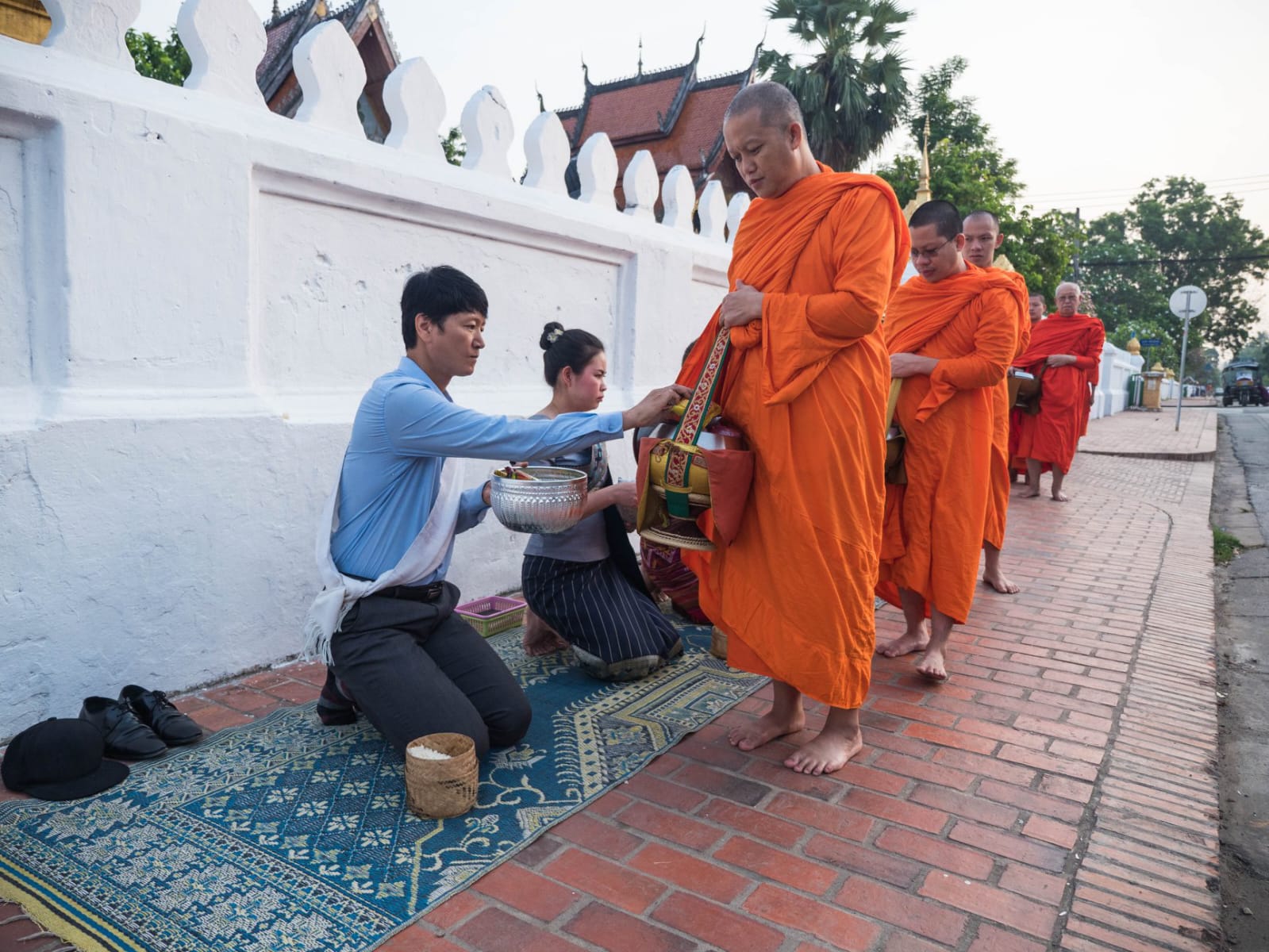
🙏
SAI BAT (Morning Alms Giving)
This act is known as "Sai Bat" or "Tak Bat". Every morning at dawn, Buddhist monks and novices in orange robe set out from their monasteries to receive offerings of food from the local people. The offerings consist mainly of sticky rice which devotees wake up before dawn to cook. But sometimes offering food may contain fruit or other sweet treats, forming the monks' daily meal. With more than 30 active Buddhist monasteries in Luang Prabang, the long column of monks walking silently and barefoot to receive their alms from people kneeling before them is certainly a sight to behold.
The alms giving ceremony occurs not only in Luang Prabang, but in villages and towns throughout Laos
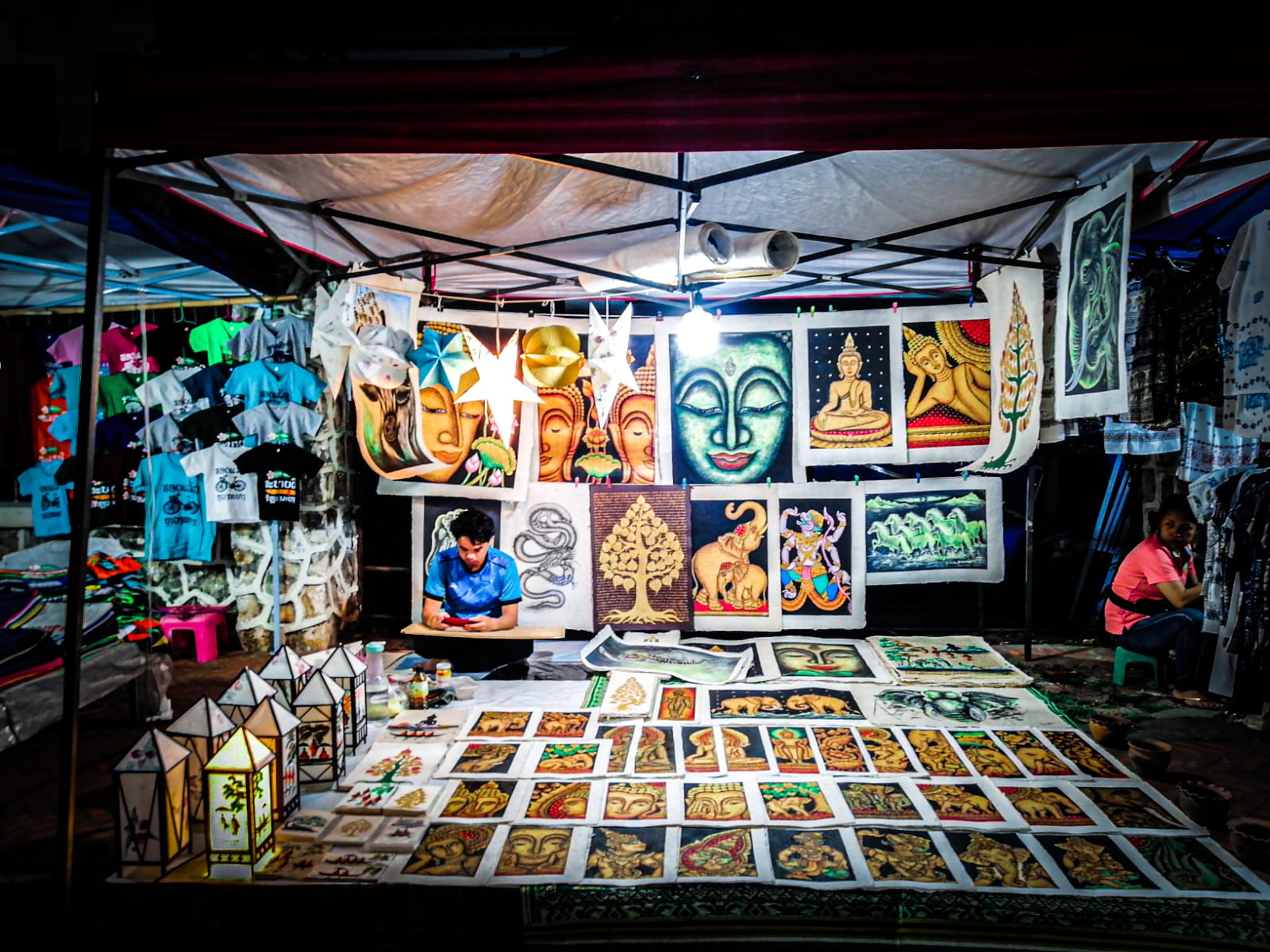
🌙
NIGHT MARKET
Luang Prabang night market is a must-experience. It's an amazing sight and offers the most extensive collection of handicrafts in the country. With around 250 handicraft vendors who sell their hand-made products nightly, the market showcases an extensive variety of handicrafts made by local ethnic groups. On display are many types of textiles, exquisite ceramics, antiques, paintings, coffee and tea, quilts, shoes, silver, bags, ornaments and cutlery made from recycled bombs. There are a lot of interesting items on display at the night market that are hard to find elsewhere.
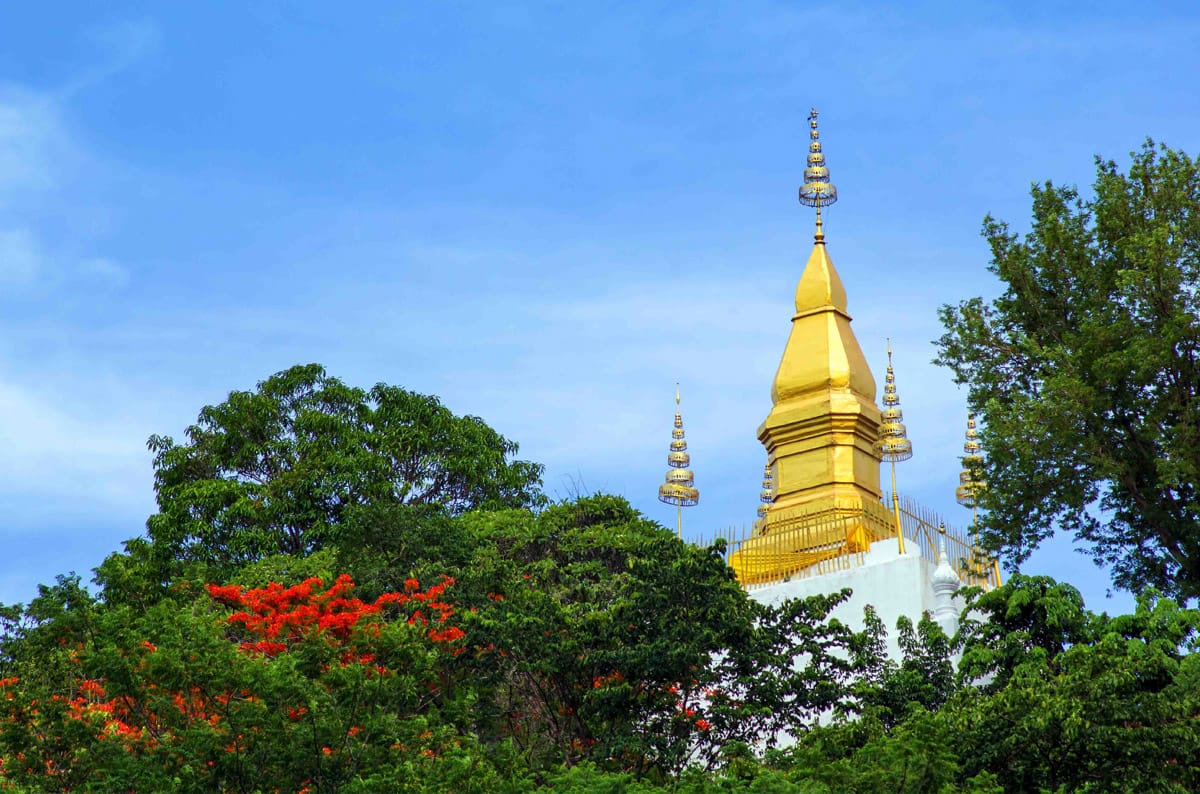
⛰️
PHOUSY MOUNTAIN
The view of the Mekong River and the city from the hill top is superb, especially during sunset. However, first you must climb 328 steps to see the 20m high Wat Chomsi stupa. Please note that Phousi temple on the top of the hill is a sacred religious site. Please dress accordingly and remember that the consumption of alcohol here is strictly prohibited.
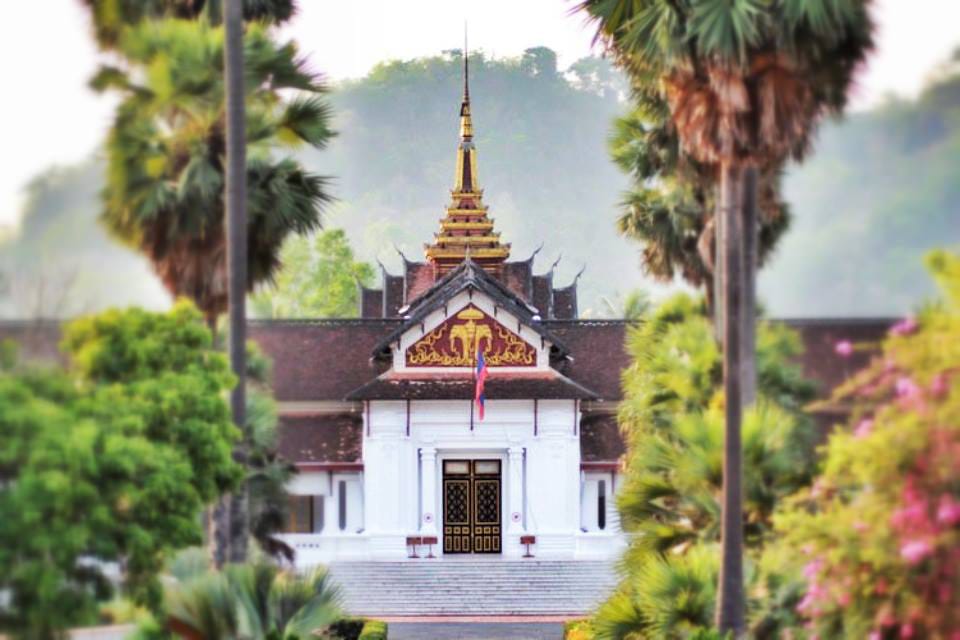
🏛️
ROYAL PALACE -NATIONAL MUSEUM
Set in a spacious, beautifully attended garden on Thanon Sisavangvong, one of Luang Prabang's main boulevards is where you will find the Royal Palace Museum, which is also known as Haw Kham. This was originally the residence for the King of Lao. Here you will learn more about Lao history and culture. The main building dates from the early 20th Century but many exhibits stretch back several centuries to trace the turbulent past of the Lane Xang kingdom and the colonial era, through to the present day. The museum was designed in the French Beaux-Arts style with elements of traditional Lao culture.
The Communists came to power in 1975 and they took over the palace and sent the royal family to re-education camps. The palace was then converted into a museum that was opened to the public in 1995 after careful renovation. There are several other buildings including a Exhibition hall and a chapel (Haw Prabang), and a statue of King Sisavangvong.
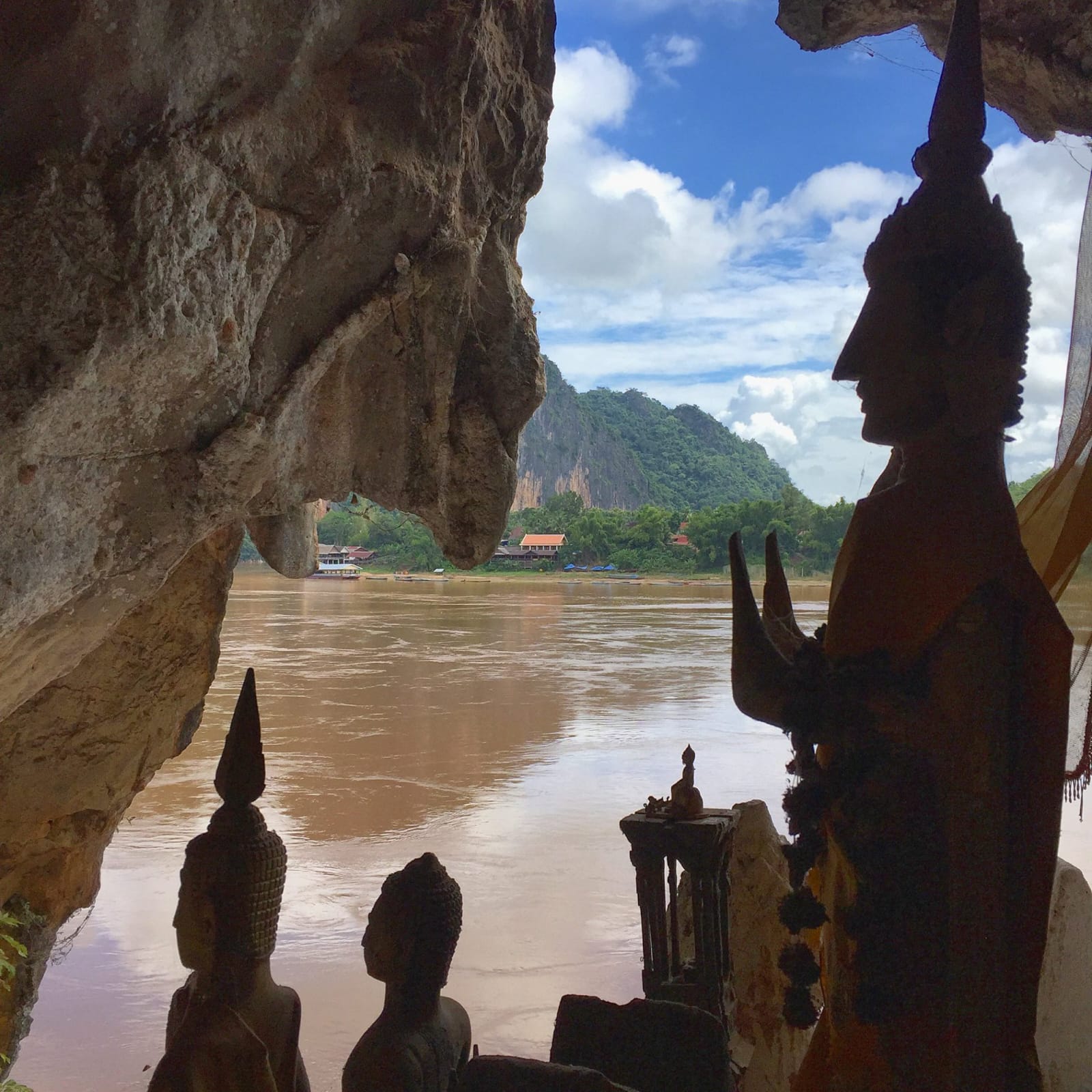
🛶
PAK OU CAVE
Pak Ou Cave is also known as the Thousand Buddha Cave because of the thousands of statues, large and small, found in the cave. Brought by devotees far and wide, it has made the caves an especially holy place for pilgrims and a favorite day outing for Sofitel Luang Prabang guests. Situated along the sheer limestone cliffs of the Mekong River, it’s one of the most respected holy sites in Laos. Pak Ou Cave has a history dating back thousands of years. Packed with over 4,000 Buddha images, the caves, and a shrine to the river spirit and Lord Buddha, are set in a striking limestone cliff at the confluence of the Mekong River and the Nam Ou River. It consists of two caves, a lower cave called Tham Ting and an upper cave called Tham Theung, both filled with small Buddhist figures that are mostly made from wood.
Positioned about 50 feet above the river, Tham Ting filters in some light but a torch is required for the absolutely pitch-black Tham Theung. The upper cave is home to the majority of the icons and you will need to use your torch to see the thousands of statues within. The figures are believed to have been left by local people over hundreds of years.
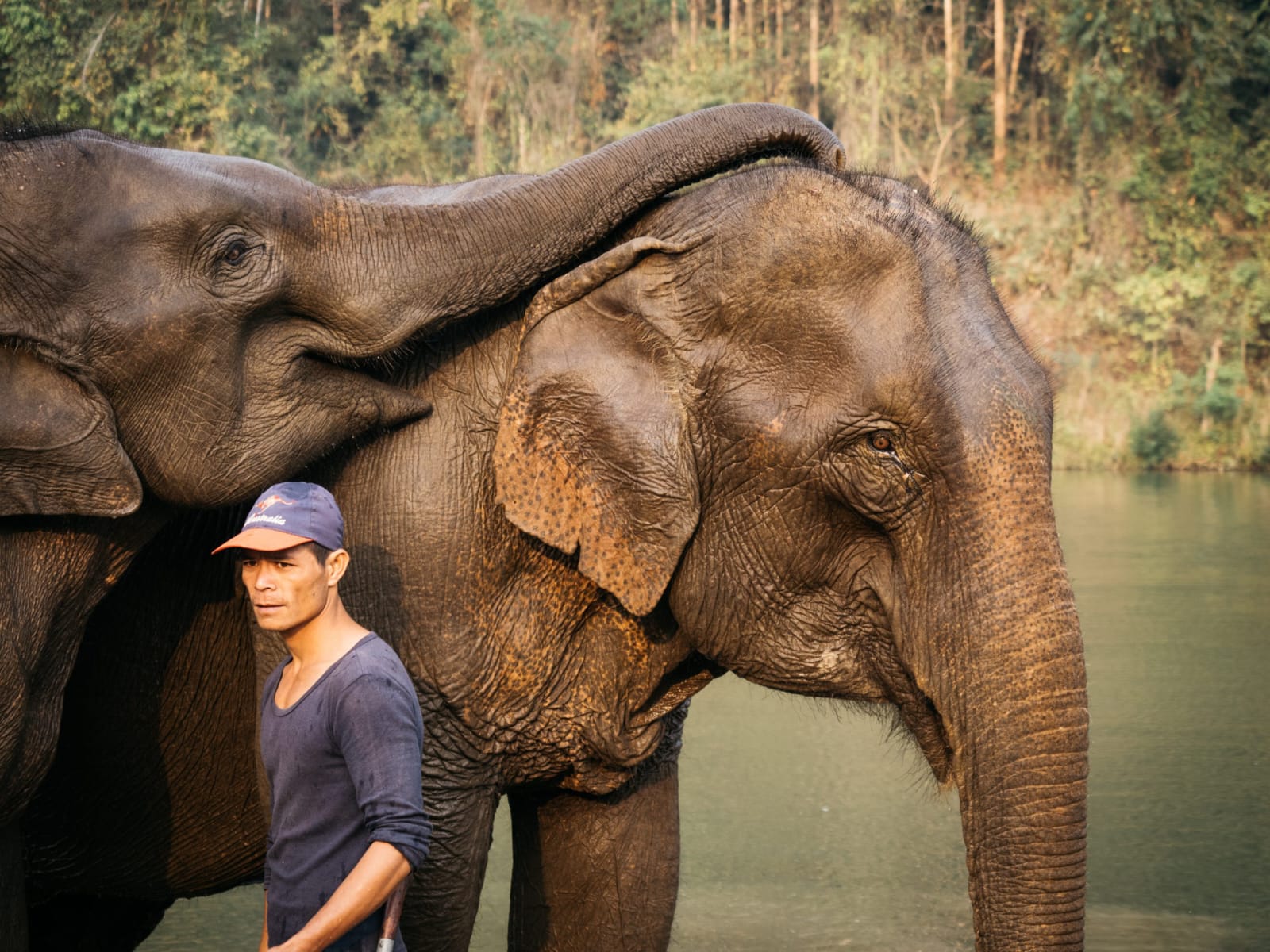
🐘
ELEPHANTS.
Become a mahout for the day, bathe with an elephant, or ride one of these beautiful beasts through the jungle. There are many elephants camps, with different ethical approaches, to visit in Luang Prabang. But the country is home today to fewer than 1000 Asian elephants, and many traditional mahout families, once dependent upon the timber industry, can no longer afford to feed or care for the animals. Elephant Sanctuaries and Centres provide veterinary care and a way for mahouts to earn money for their families and keep elephants alive and healthy. Many of the centres offer opportunities for you can bathe, watch, feed or ride these majestic animals; along the way, you'll witness the intimate and incredible relationship between mahouts and elephants.
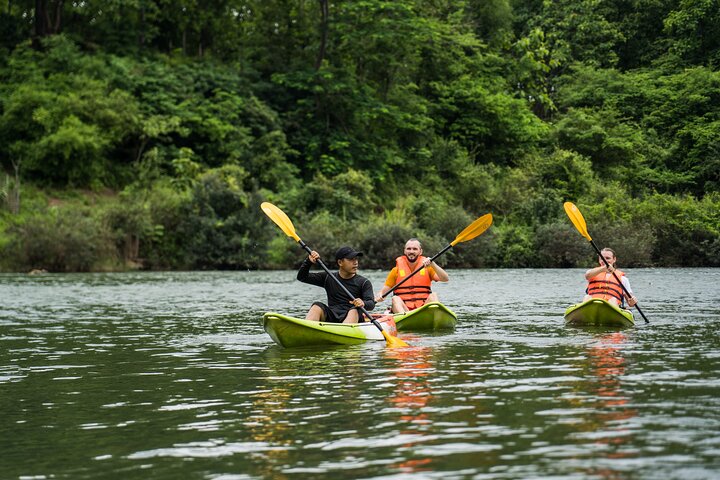
🚣
KAYAKING
The Nam Khan and its tributaries are great for kayaking. In a kayak you'll float past river life slowly and at your leisure. Occasional rapids — depending on the season — may require some concentration and preparation, but kayaking is among the most serene ways to get a look at ordinary life along the river.
Kayaking tours range from easy afternoon paddles down the Nam Khan to multi-day excursions on the Nam Ou, and tour operators often combine these trips with homestays, camping, trekking, and biking. To learn more, have a look at tour operators in town (mostly located on the main street).
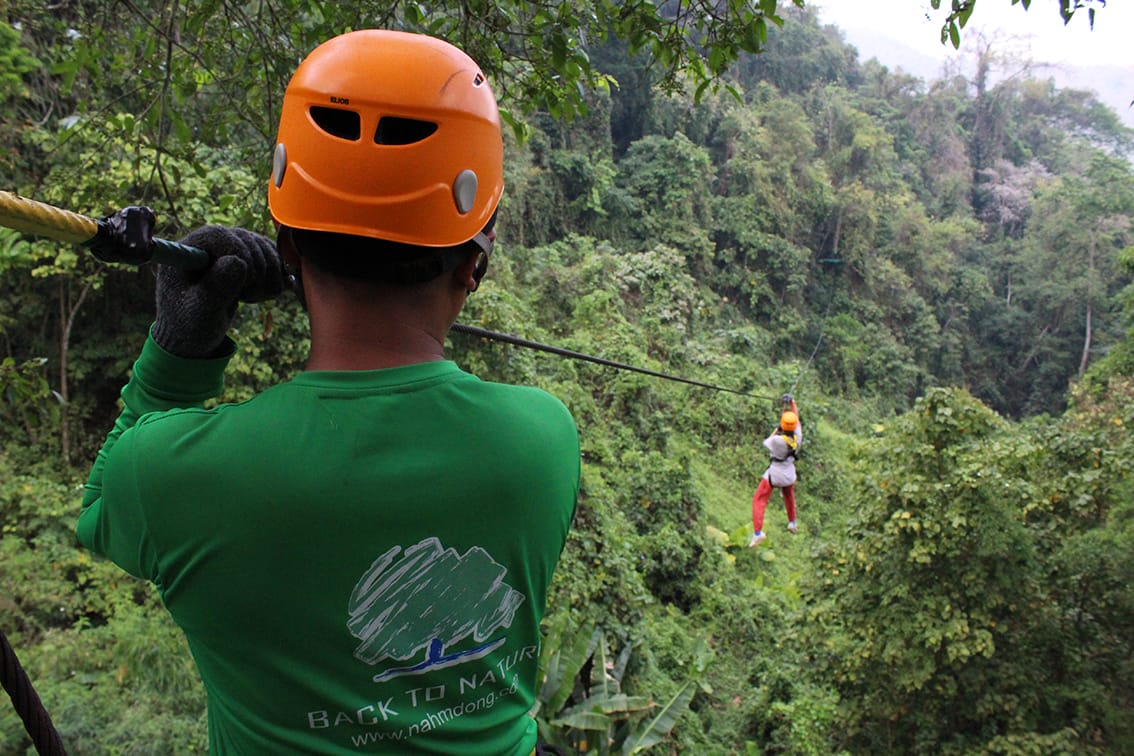
🪁
ZIP LINING
Want to fly through the jungle canopy? Hundred Family Waterfall, Nahm Dong Park of zipline that takes you straight over the beautiful blue pools below. Guides will help you with the harnesses and the safe departure from platforms about 10 meters above the ground. Gear up, clip on, keep your eyes open, and go! To learn more, have a look at tour operators in town (mostly located on the main street).
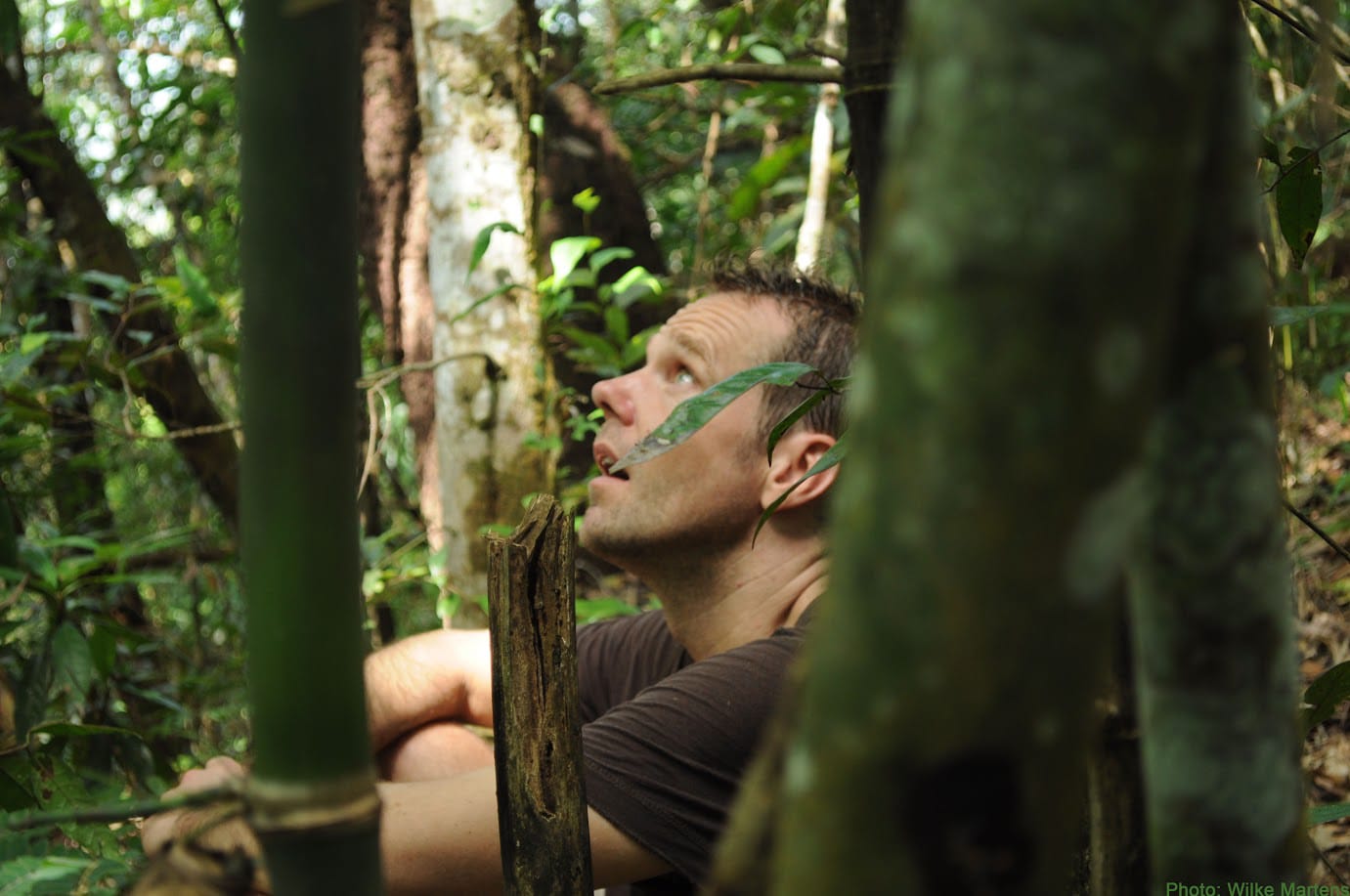
🥾
TREKKING
One of the best way to appreciate the abundance of natural beauty that surrounds Luang Prabang is trekking with a local guide. Many options exist, from difficult hikes across challenging terrain to leisurely walks through the countryside. Trekking pathways often crisscross the traditional routes between ethnic villages in Laos, offering you the chance to experience traditional rural life and meet locals. You'll never forget the views of mountains, rice plateaus, and dramatic sweeping valleys.
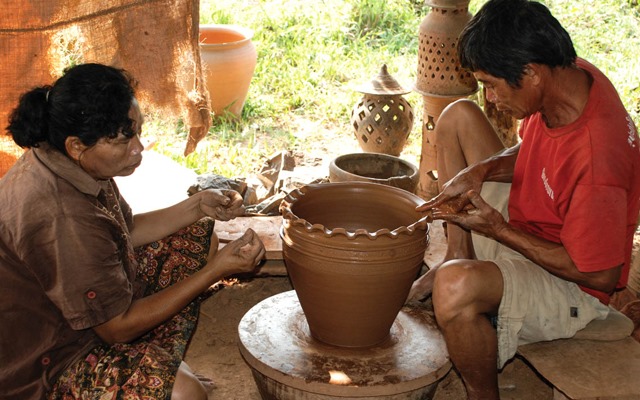
🏺
POTTERY
The people of Ban Chan ('pottery village') have been using traditional methods to make pottery for centuries. The story goes that the first king of Laos, back in the 16 th century, held a big celebration after winning a battle. He asked different villages to bring different things to the party. He requested the people of Ban Chan bring clay pots. Now, many, many generations later, the families of Ban Chan still carry on this tradition – pulling the clay from the earth on site and using their hands to create beautiful vessels.
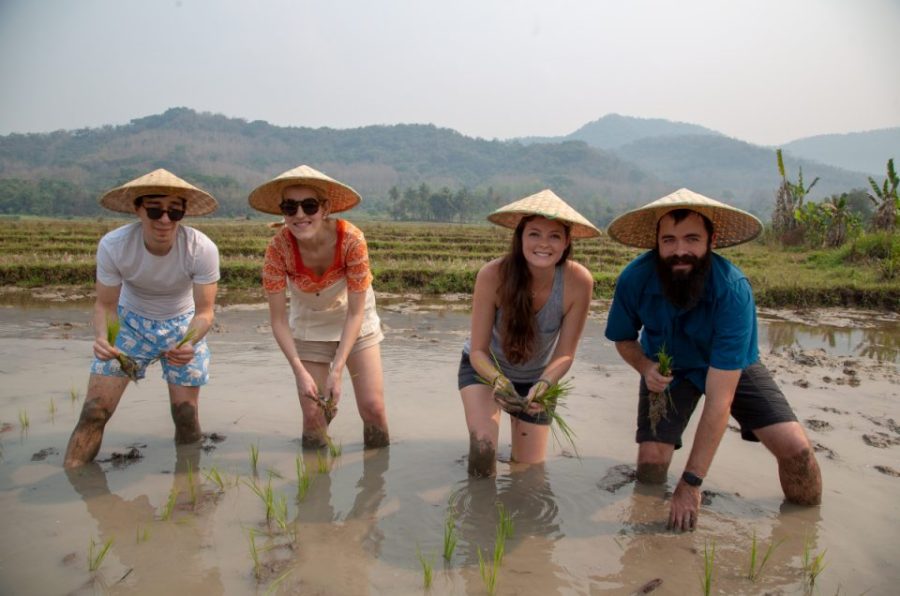
🌾
RICE EXPERIENCE
Learn about rural life in Laos with this guided half-day visit to an organic farm. You'll be picked up at your guesthouse and ferried to The Living Land, a community tourism project, where you'll learn all about traditional farming and get to ride through rice paddies on a buffalo-drawn plough.
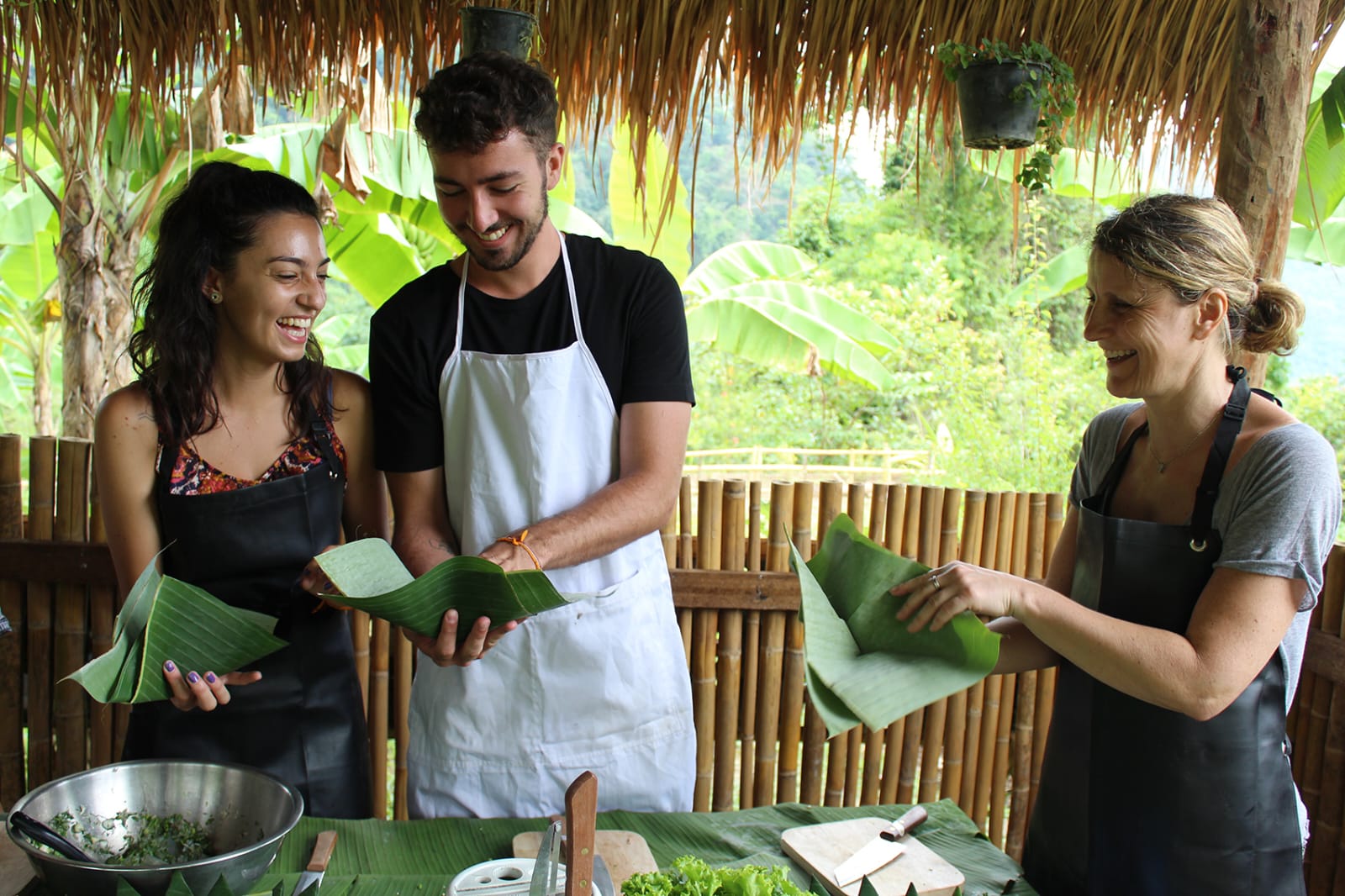
👨🍳
TRADITIONAL LAO COOKING CLASS
A wonderful way to gain insight into Lao culture is through the medium of the kitchen. You will not only gain knowledge about the components and dishes, but you will also learn about the significant relationship that Lao people have with food as well as the traditional manner in which they dine. A cooking class in Luang Prabang to learn some of the most delicious dishes that Lao cuisine has to offer. Get information from the chefs in the area, and then use that knowledge to make your favorite recipes back at home.
Rainy days are a great opportunity to learn about Lao cuisine. Sign up for a fun, interactive cooking class and learn about the flavors of Laos by preparing traditional dishes such as sticky rice, laap (minced meat salad), and tam mak hoong (Lao papaya salad).
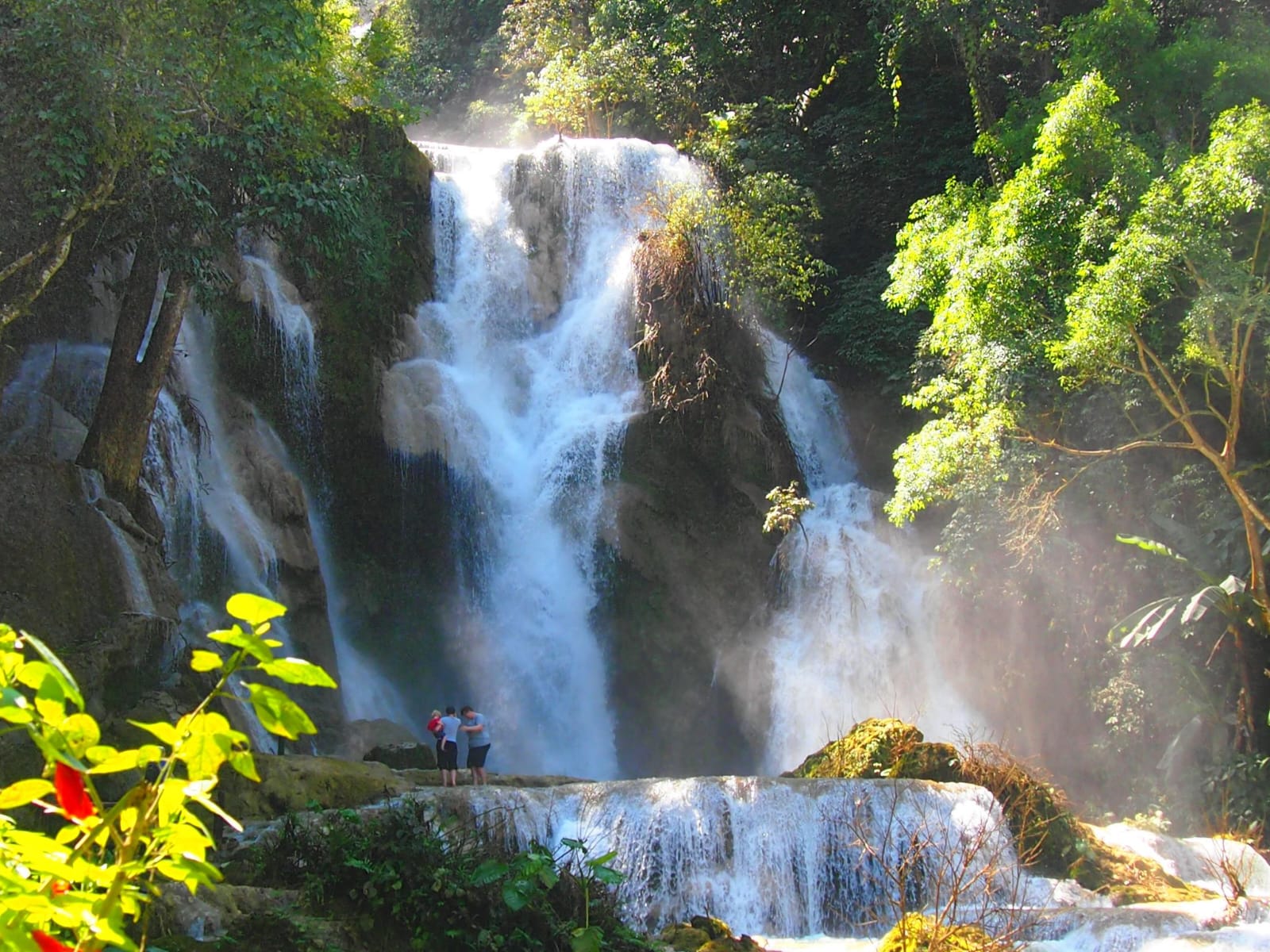
💧
KUANG SI WATERFALL
In the dry season the water at Kuang Si (pictured here) takes on a bluish hue, owing to the presence of minerals like copper. In the wet season the water is a deep green and you can hear the sound of the falls well before you can see them.
Look for signs indicating pools for swimming; nearby, you'll find changing rooms.
While in the Kuang Si Waterfall park, you should visit the Kuang Si Bear Rescue Sanctuary. You can find great information about Asian sun and moon bears and the Free the Bears protection program.
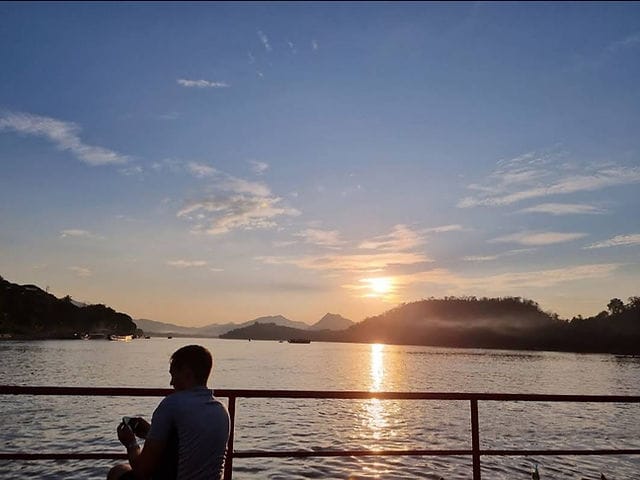
🌅
SUNSET CRUISE
Experience the enchanting beauty of Luang Prabang with a sunset cruise on the Mekong River. As the sun begins to set, embark on a leisurely boat ride along the tranquil waters of the Mekong, surrounded by breathtaking scenery. Marvel at the golden hues reflecting off the river, casting a magical glow over the landscape.
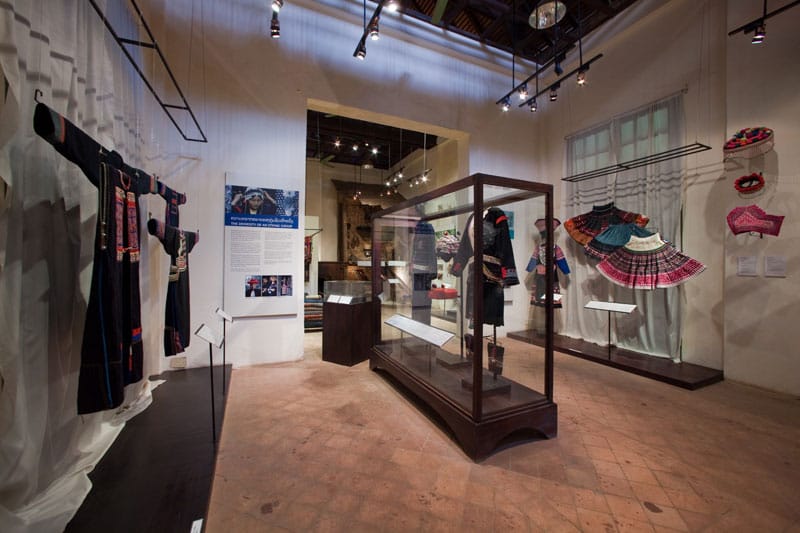
🎨
Traditional Arts and Ethnology Centre (TAEC)
The Traditional Arts and Ethnology Centre (TAEC) is a cultural institution located in Luang Prabang, Laos. It is dedicated to preserving and promoting the rich heritage of ethnic minority groups in Laos. TAEC showcases traditional arts, crafts, and customs through its exhibits, workshops, and educational programs.
The center houses a diverse collection of artifacts, textiles, and handicrafts, providing visitors with a glimpse into the unique cultural traditions of various ethnic communities. Through interactive displays and multimedia presentations, TAEC offers a comprehensive understanding of the social, economic, and spiritual aspects of these communities.
TAEC also plays a vital role in supporting local artisans and craftsmen by providing them with a platform to showcase their skills and sell their products. By promoting sustainable tourism and fair trade practices, the center contributes to the economic empowerment of ethnic minority groups. Overall, the Traditional Arts and Ethnology Centre serves as a bridge between the past and the present, fostering appreciation and understanding of Laos' diverse cultural heritage.
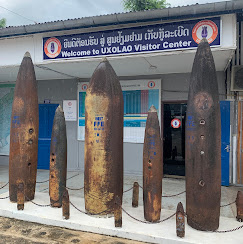
🕊️
UXO Visitor's Centre (Educational)
The UXO Visitors Centre is a ‘must see’ for those who travel to Luang Prabang with real-life bombies on display, survivor stories told on the walls of the centre and a moving documentary to view – you’ll have the chance to learn important and tragic facts about the Secret War.
Did you know that Laos is the most heavily bombed nation, per capita, in history? Between 1964-1973, Laos was hit by an average of one B-52 bomb-load every eight minutes. The US dropped more bombs on Laos during this period than those dropped during WWII. A large percentage of the ‘bombies’ that rained down on this country remain in the earth – unexploded – continuing to cause a devastating impact, with casualties and injuries a regular occurrence. The UXO Visitor’s Centre in Luang Prabang offers you the chance to learn more about the Secret War. There are displays of real-life bombies, compelling survivor stories, as well as a viewing room where you can watch a documentary about the dangerous work being done to clean up the bombies.
Highly Educational and suitable for students or families with young children.
Open from Monday to Friday 08:00am to 11:30am and 13:00pm to 17:00pm
Free entrance (donations encouraged)
Located in Wat Naviengkham village. On the road behind Souphanouvong Monument and it takes about 12 minutes walk from the city center.
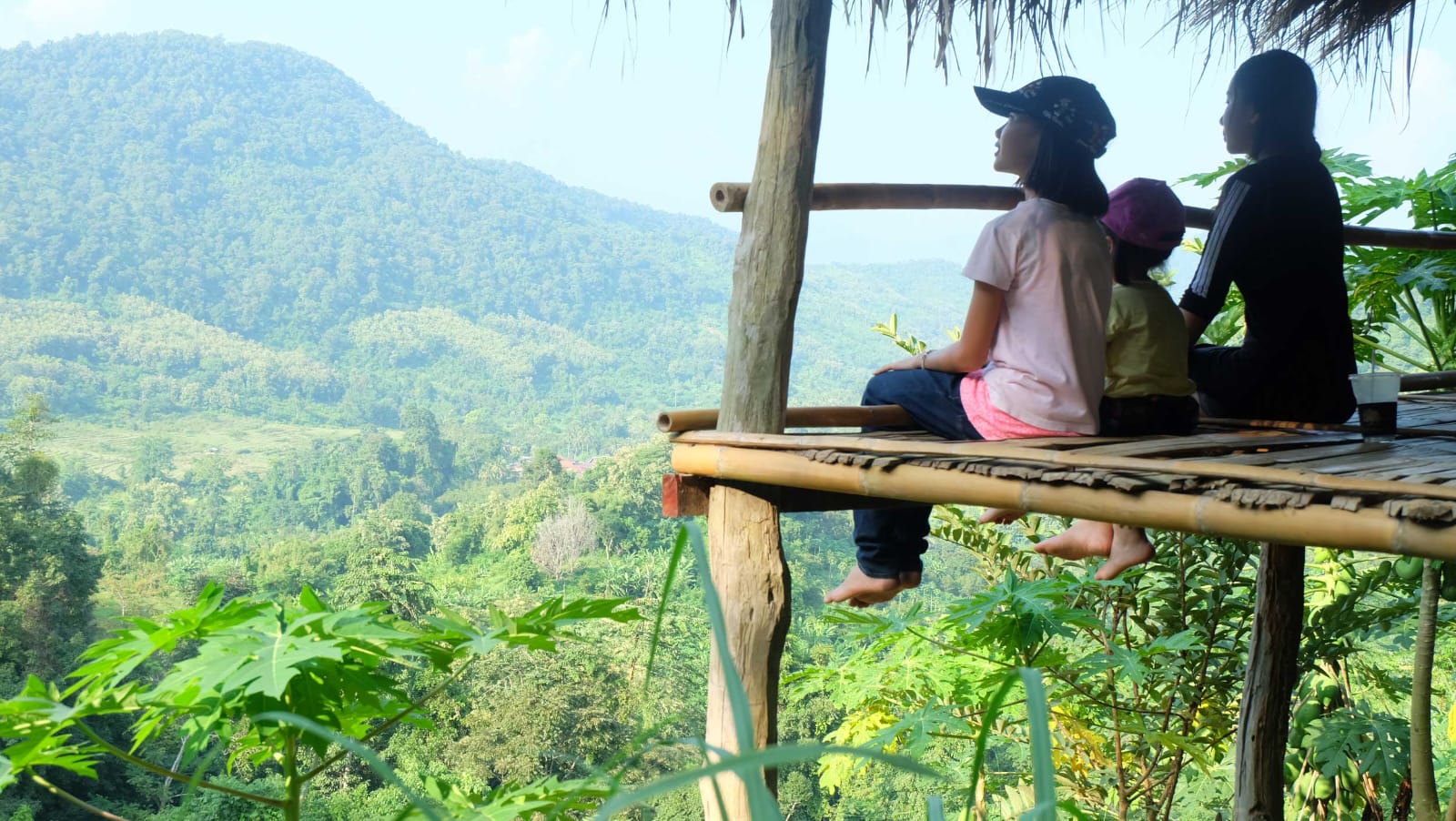
🌳
Nahm Dong Park
To reach the centerpiece of the park, Nam Dong Falls, you walk past a field of roses and an organic vegetable garden. There’s a wooden balcony over the gushing water where you can feast on Lao food from the nature park restaurant as you take in the inspiring scenery.
Ziplining through mountains and forest, Feel the adrenaline rush and excitement! Six stations of Zip- line - total length of over 800 meters. The longest 300 meters will take your breath away cable bridge treetop walk and treehouse are worth a visit.
A back to nature experience awaits you. You can definitely spend half a day here and families or a group of friends will have a blast.